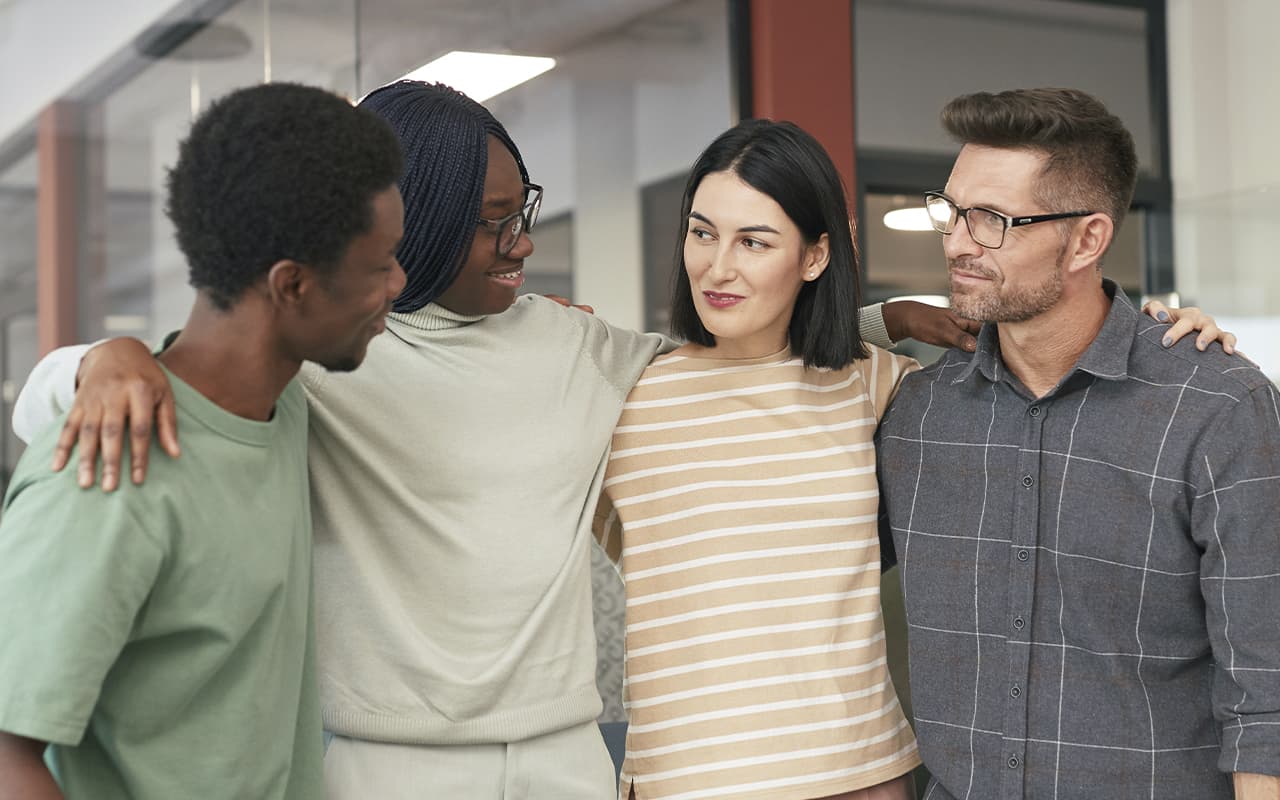A society is made up of individuals, and individuals make up groups. Today we will dwell more closely on the concept of a group.
What is a group?
Before answering this question, scientists asked themselves many different questions. For example, are bus passengers a group of people? And a team of soccer players playing on the same field?
Who can be called a group? People who are united by a common goal? Or those who are organized in a certain way? Or maybe a group is people who actively interact with each other? This is the approach that scholars have taken to find a more accurate concept of a group.
Marvin Shaw argues that every group has a certain inherent quality: the interaction of group members with each other. Therefore, he believes that a group is a collective that can be formed by two or more people who actively interact with each other and influence each other.
So, a team of soccer players who play on the same field is an example of a real group. They have a common goal, they actively interact with each other, they can be related to a sports community, etc. It is these characteristics that allow individuals gathered in one place to be called a group.
Social facilitation
Social facilitation is the beneficial effect on the outcome of an individual’s performance in the presence of outside observers.
Norman Triplett, a psychologist at a bicycle race, once remarked. Athletes do not perform better when they ride alone with a stopwatch, but when they participate in collective races.
As a result, Norman conducted many experiments, with the help of which it was proved that in the presence of other people faster solved simple examples of addition and subtraction, crossed out the necessary letters.
This effect was also observed in animals. In the presence of other birds, chickens eat grain faster, ants more intensively tear sand. But scientists did not rush to conclusions.
Negative impact due to the presence of others
Later, a number of other experiments were conducted that showed opposite results. In some cases, the co-experimenters interfered with their presence. Animals in the presence of others of the same kind were slower to complete mazes.
Distracting effects, observers were noticed when learning meaningless words, going through mazes, solving complex examples.
Then scientists came to the conclusion that social facilitation works only when a person has learned a certain action well (e.g., riding a bicycle).

